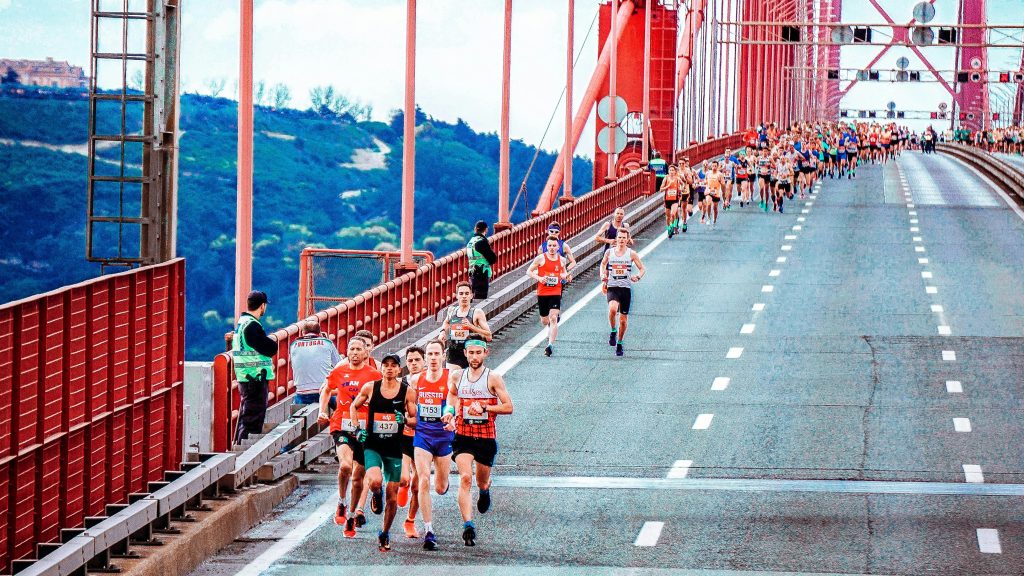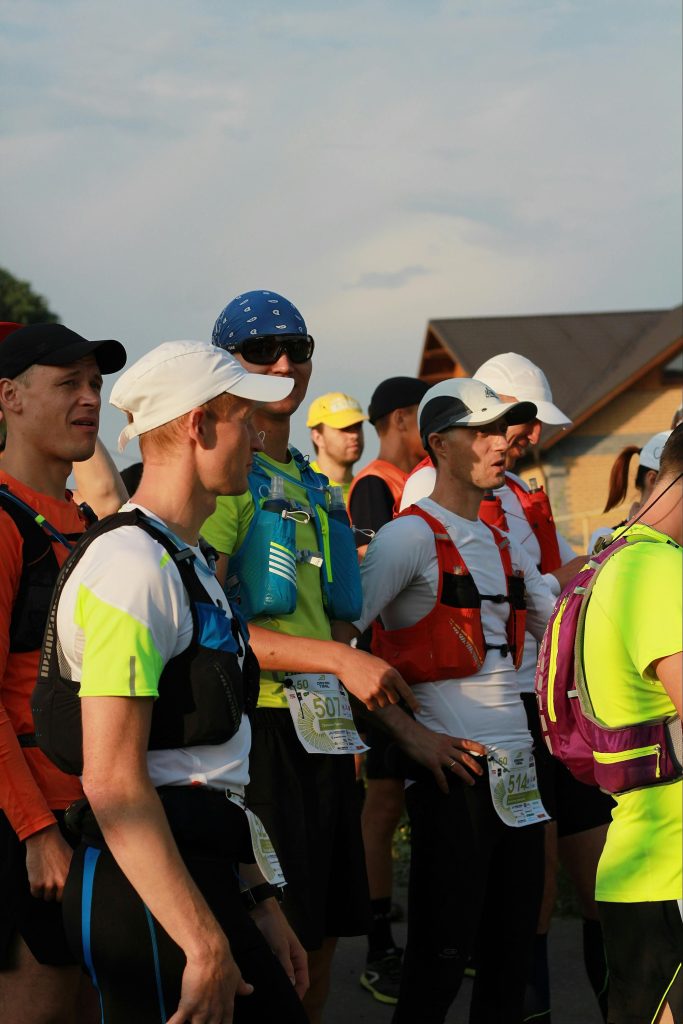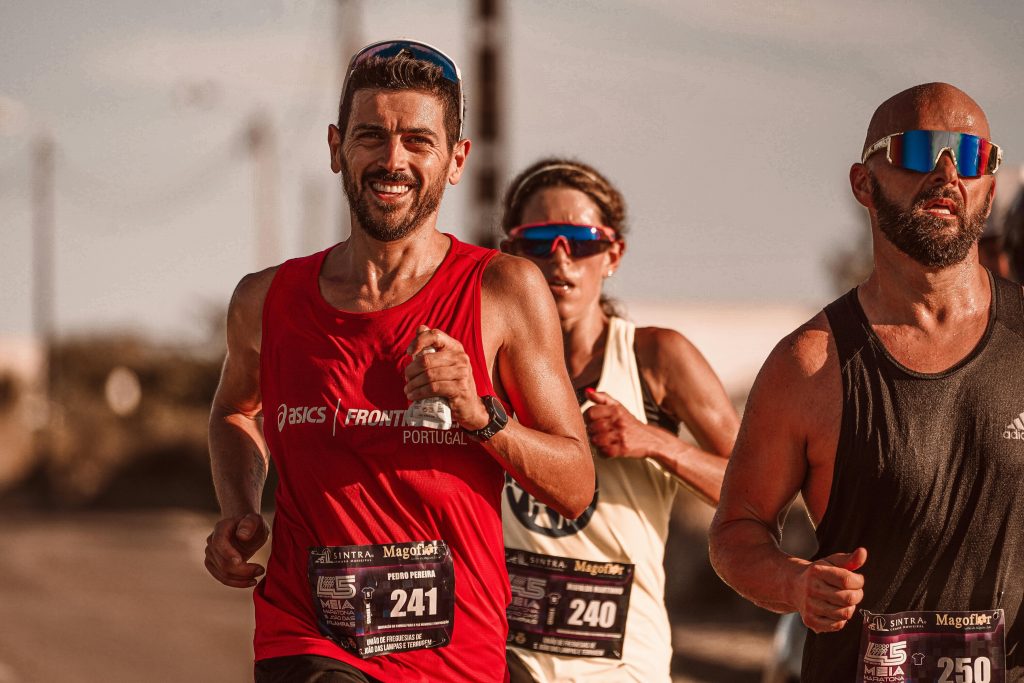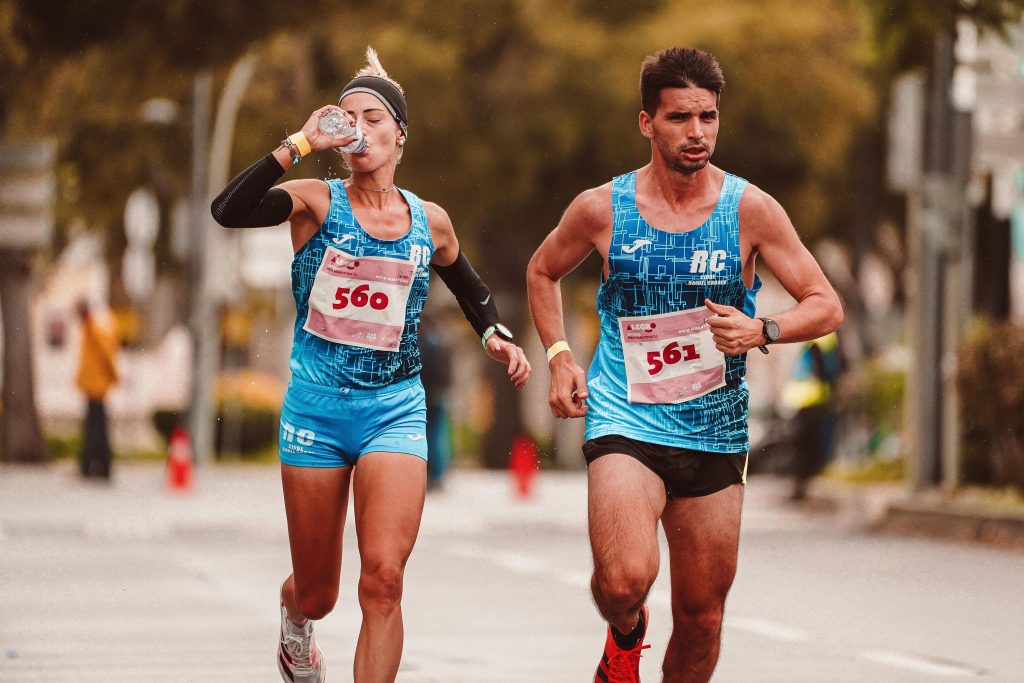
Trail Running vs. Road Running: What’s the Real Difference?
From terrain to training, gear to mindset — here’s how trail running and road running truly compare.
Whether you’re lacing up for the first time or a seasoned runner thinking of switching things up, understanding the core differences between trail and road running is key to choosing the right path — literally and figuratively.
🚧 Terrain: Pavement vs. Nature
- Road Running
Runs are mostly on asphalt or concrete — smooth, flat, and predictable. Perfect for pacing and consistency, but often less scenic. - Trail Running
Trails take you off-road — think dirt paths, forest tracks, rocky hills, and even muddy climbs. Every step is different, and the terrain keeps you guessing.
🧠 Key Difference:
Road running focuses on rhythm; trail running is all about adapting.
🏃♂️ Effort & Pace
- Road Running
Easy to measure pace and maintain a steady rhythm. Great for time goals and PRs. - Trail Running
Pacing depends on elevation, surface, and technical difficulty. Time slows, effort spikes — but so does the fun.
🔥 Tip: In trail running, effort matters more than speed.
🥾 Gear
- Road Running Gear
Lightweight shoes with lots of cushion for hard surfaces. Minimalist gear is common. - Trail Running Gear
Trail shoes offer grip, protection, and support. You may also need hydration packs, poles, or gaiters.
🧢 Don’t Forget: Weather and terrain may require layering up for the trails.
🧠 Mental Game
- Road Running
Meditative, rhythm-driven. Ideal for zoning out or chasing specific paces. - Trail Running
Demands focus — watch your step, gauge elevation, read the ground. It’s immersive and mentally stimulating.
🌲 Bonus: Nature offers a powerful mental reset.
🤕 Injury Risk
- Road Running
Risk of overuse injuries (e.g., shin splints, IT band syndrome) due to repetitive motion on hard surfaces. - Trail Running
More risk of ankle sprains and falls — but less impact on joints thanks to softer surfaces and varied motion.
📈 Training & Goals
- Road Running
Easier to track improvement through consistent pacing and timed races (e.g., 5K, 10K, half marathon, marathon). - Trail Running
Progress is harder to quantify — elevation, weather, and terrain all play a role. Races vary widely in format and distance.
👟 Which One Is Right for You?
| Feature | Road Running 🛣️ | Trail Running 🏔️ |
|---|---|---|
| Surface | Paved roads | Natural terrain |
| Pace | Predictable | Varies a lot |
| Focus | Consistency | Adaptability |
| Gear | Minimal | Specialized |
| Ideal for | Speed, PRs | Adventure, variety |
| Injury Type | Overuse | Twisting/falls |
| Mental Style | Meditative | Engaged/alert |
🎯 Final Thoughts
You don’t have to choose one forever. Many runners switch between trails and roads throughout the year to balance intensity, reduce injury risk, and enjoy the best of both worlds. Whether you’re chasing time goals or just escaping to the woods, both forms of running offer unique challenges and rewards.
Try both. Mix it up. Your legs — and your mind — will thank you.



